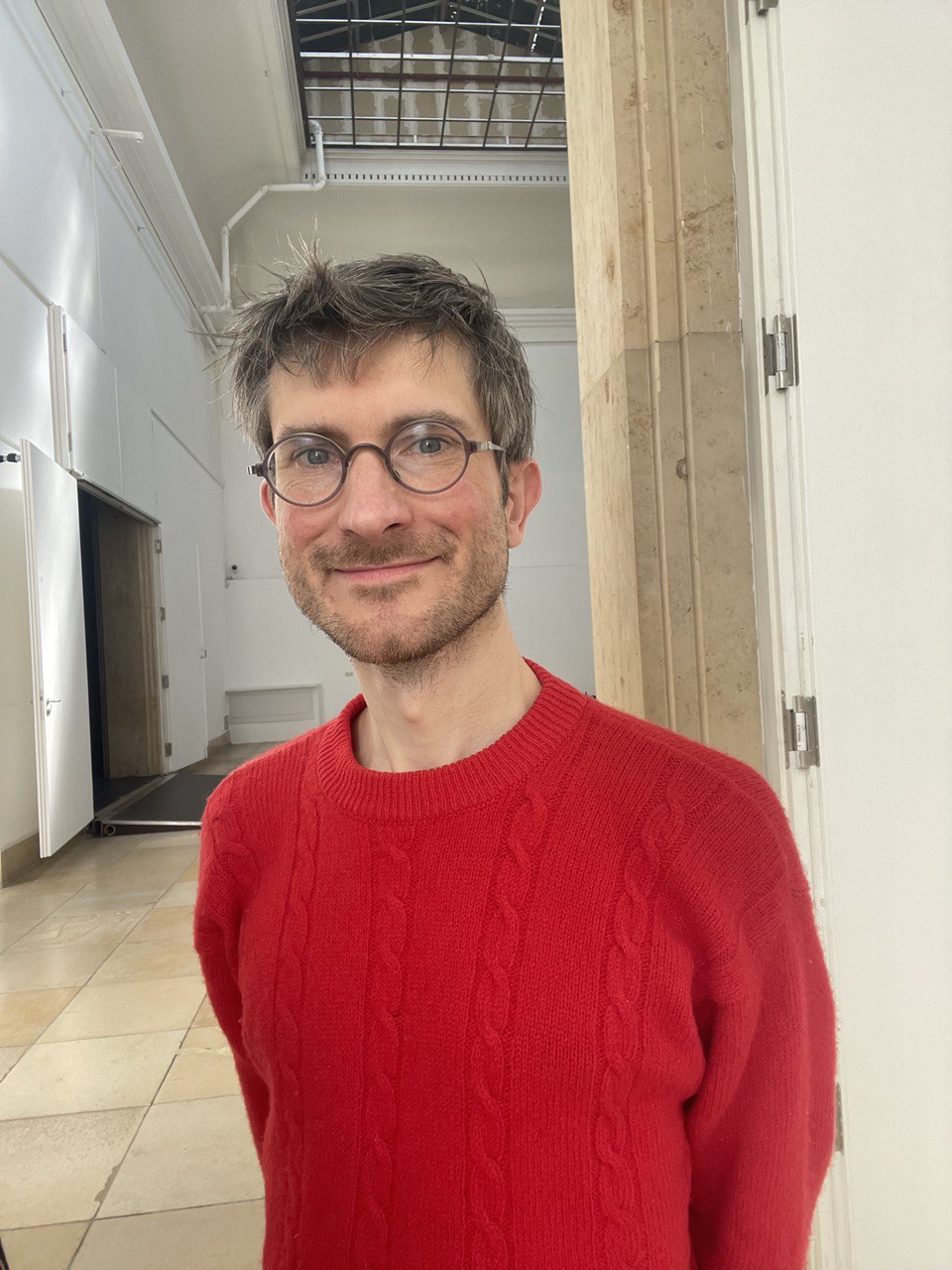The artist Kara Walker is opening her workshop at the Schirn, yet she is neither building a studio, nor can visitors look over her shoulder as she works. Walker shows us more than her workplace. She shows us her way of working and her creative breeding ground in the form of a comprehensive self-archive of around 600 exhibited works. They are primarily drawings, which appear like graphic notes, pictorial hints, and image-rich post-its documenting a cosmos of their own. Each drawing illustrates her thoughts.
Walker’s archive follows its own logic and makes empty spaces and overlaps clear. But back to the beginning: In general, curators and archivists decide what goes into an archive. The predefined profile of the collection dictates what makes it in. Generally, the aim at completeness is a major factor –at least that’s the intention, but it brings many institutions to their limits. If an item makes it into the archive, then it is first dated, named, measured, and incorporated into an index. This is where the first hierarchies and evaluations become apparent; for example the male photographer is named but his female portrait subject is not.
Archives appear like capsules of timelessness
The testimonies from the past are brought into the present through archives. Thus, archives appear like capsules of timelessness and the archival documents therefore gain a certain originality, authenticity, and legitimacy. Yet appearances are deceptive. Ultimately, not everything is kept, or some things were considered irrelevant. What’s more, over the years a lot is lost or filtered out from the outset as being too difficult to document. That which is gathered and gains the status of genuine timelessness in this time capsule is no natural mechanism, but rather a sociohistorical construct with a political tradition.

That which is archived is testimony to its time, but above all it reveals what was important to the collector. To turn Central European historical thinking on its head, in case of doubt it is not necessary to make any spectacular finds. It may be enough just to ask the critical question of what is in fact not available in the archives or what has been lying forgotten in a drawer for hundreds of years.
Walker’s own archive is now on display and has made it into the spotlight in its presentation to the public. Walker is making her private trove accessible to the general public and thus revealing what often remains hidden. The hidden realm of the museum is generally the archive: It is down in the basement or in a distant storage facility, with generally just a selected circle of people who know what can be found in which locations there. Archives are not easily accessible, and this often sparks disputes about ownership, knowledge sharing, and participation in relation to sensitive objects, i.e. items that have been handed down in a colonial context, for example. The opening of Walker’s archive could also be interpreted as the antithesis to the secrecy of Western archives.


Walker tackles the historiography of Black people, specifically their place, time, and role in art (history). Kara Walker treats all her works equally. In doing so, she succeeds in repeatedly connecting up the drawings anew. The deeper we delve, the richer the synaptic condensations become, and eventually a pictorial memory emerges. In the process, she not only continually rearranges her own work records; e,ssentially, she irritates the Central European narrative.
Walker irritates existing historical narratives
Often archive material is emphasized in its uniqueness. A particular find, a wonderful document with a comprehensive history, is highlighted, gains a nimbus, and is aestheticized. Thus, the historical document is transformed into a work of art and takes on a new quality. Walker presents her works in clusters and avoids the accusation of an auratically charged single work. She convinces with the mass of material, whereby from one single event comes a new order. Here, racism, sexism, and xenophobia are not “de-gathered” or categorically rejected as non-documentable. Walker decisively appoints these themes as the focus of the collection. This way, her artistic archive also gains contemporary historical relevance. Her archive is not oppressive in its multitude; rather, the sheer volume reinforces its power of expression.


